- The three Central Asian countries are promoting renewable energy integration and low-carbon transition through regional cooperation
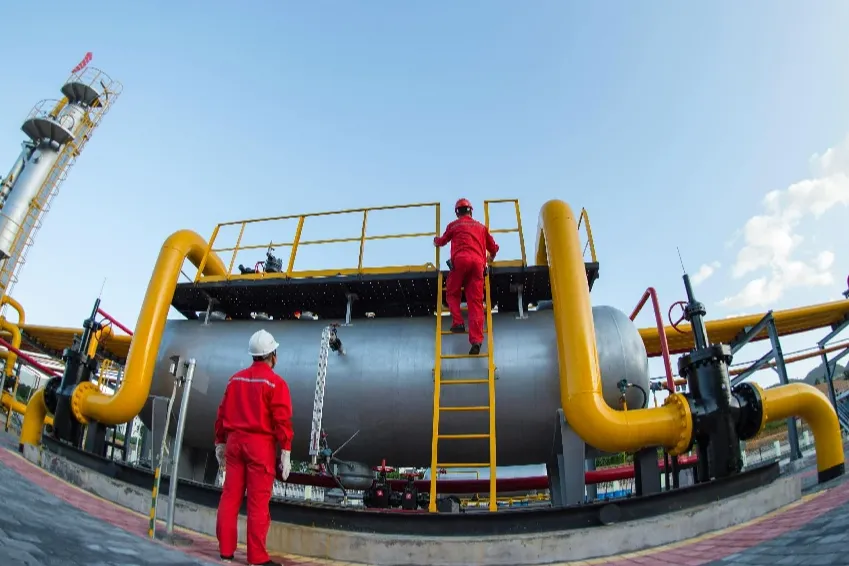
Uzbekistan, Azerbaijan and Kazakhstan have announced a joint venture on a large-scale project called the "Green Energy Corridor", which aims to promote the development and delivery of renewable energy through cross-border cooperation. This initiative not only marks a major breakthrough in the energy transition of Central Asian countries, but also demonstrates the common determination of regional cooperation to combat climate change. The project is expected to become a clean energy hub connecting Eurasia, providing a new paradigm of sustainable development for participating countries and the wider region.
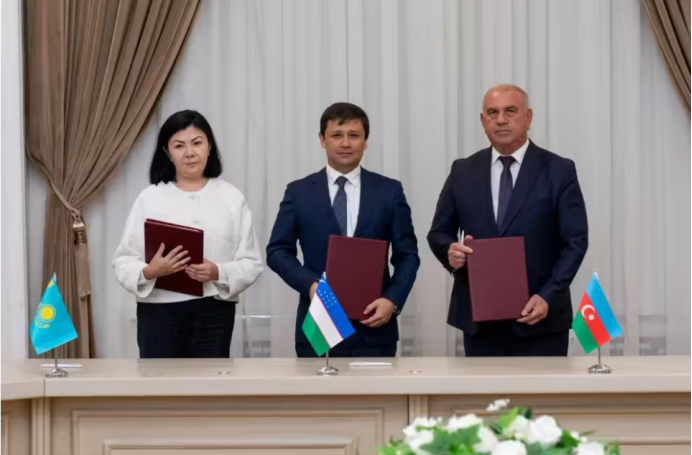
The strategic significance of cross-border cooperation
At the heart of the Green Energy Corridor project is to break down national boundaries and integrate the complementary strengths of the three countries in the field of renewable energy. Kazakhstan has the world's leading wind energy potential, Uzbekistan is accelerating the construction of solar power plants, and Azerbaijan has both experience in the development of wind power in the Caspian Sea and energy export infrastructure. By establishing a joint grid and power trading mechanism, the three countries can effectively solve the problem of intermittent supply of renewable energy by bringing in clean electricity from neighboring countries when a country experiences cloudy or windless weather, achieving a stable balance in energy supply. This collaborative model is about 30% more efficient than countries developing renewable energy alone, and according to the World Bank, interconnecting regional power grids could reduce carbon emissions by 12 million tons in Central Asian countries by 2030.
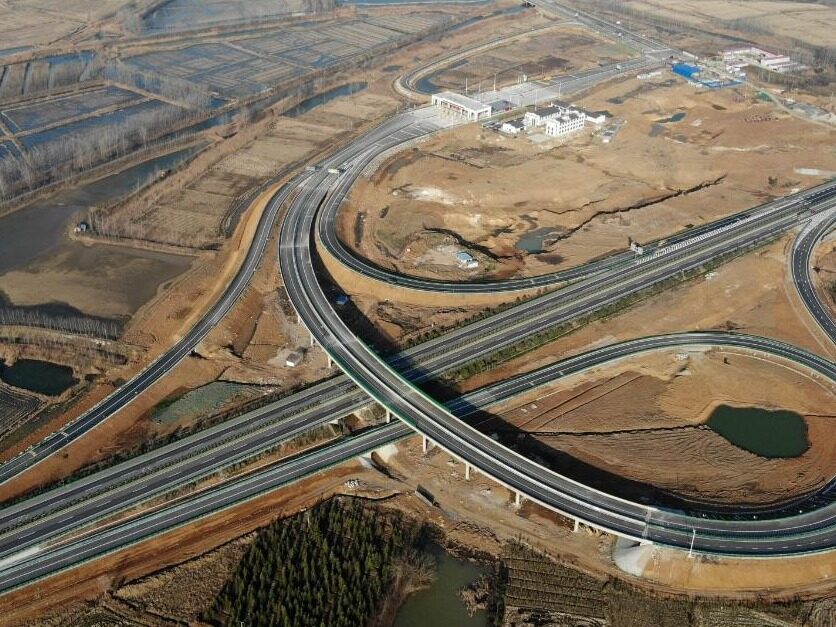
The breakthrough path of technological innovation
The project will use a number of cutting-edge technologies to ensure the effectiveness of implementation. First, the three countries plan to build a digital power dispatch center that will use artificial intelligence to predict power generation and demand fluctuations. Second, high-voltage direct current (HVDC) transmission technology will be piloted to deliver low-loss electricity from wind farms in western Kazakhstan to an industrial zone in Uzbekistan, 2,500 kilometers away. More noteworthily, Azerbaijan proposes to use its existing Southern Gas Corridor infrastructure to explore the possibility of green hydrogen transportation. This convergence of multiple technology pathways allows the project to have both short-term feasibility and long-term development potential, with the first phase of the project expected to achieve 5,000 GWh of clean electricity exchange by 2026.
The dual value of economics and geopolitics
In terms of economic benefits, the project will create more than 50,000 direct jobs and promote the development of renewable energy equipment manufacturing in the three countries. Uzbekistan's energy minister revealed that the local production of PV modules alone could reduce project costs by 18%. At the geopolitical level, green energy corridors will enhance the voice of Central Asian countries in international climate negotiations. The European Union has said it is considering including the project in its Global Gateway investment plan, while China's proposed Belt and Road Green Development Alliance may also provide technical support. This multi-participatory cooperation structure will help balance the influence of major powers and enable Central Asia to occupy a more active position in the energy geopolitical landscape.
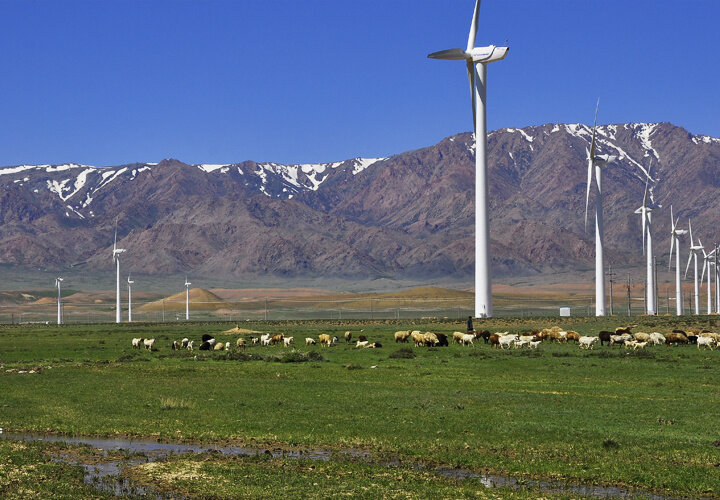
The challenges of the project should not be overlooked. The three countries need to harmonize different electricity market rules, establish fair pricing mechanisms, and guard against possible cross-border power disputes. But as the UN Special Economic Representative for Central Asia put it: "When sandstorms know no borders, clean energy solutions should not be confined to borders." "The Green Energy Corridor demonstrates the wisdom of cooperation that humanity needs most in the face of common challenges. Its successful implementation will not only rewrite the energy map of Central Asia, but also become a model case of global South-South cooperation to combat climate change.(This article is from the official website of Seetao www.seetao.com. Reprinting without permission is strictly prohibited. Please indicate Seetao.com + original link when reprinting) Seetao.com Strategy Column Editor/Sun Fengjuan
Comment
 Praise
Praise
 Collect
Collect
 Comment
Comment
 Search
Search


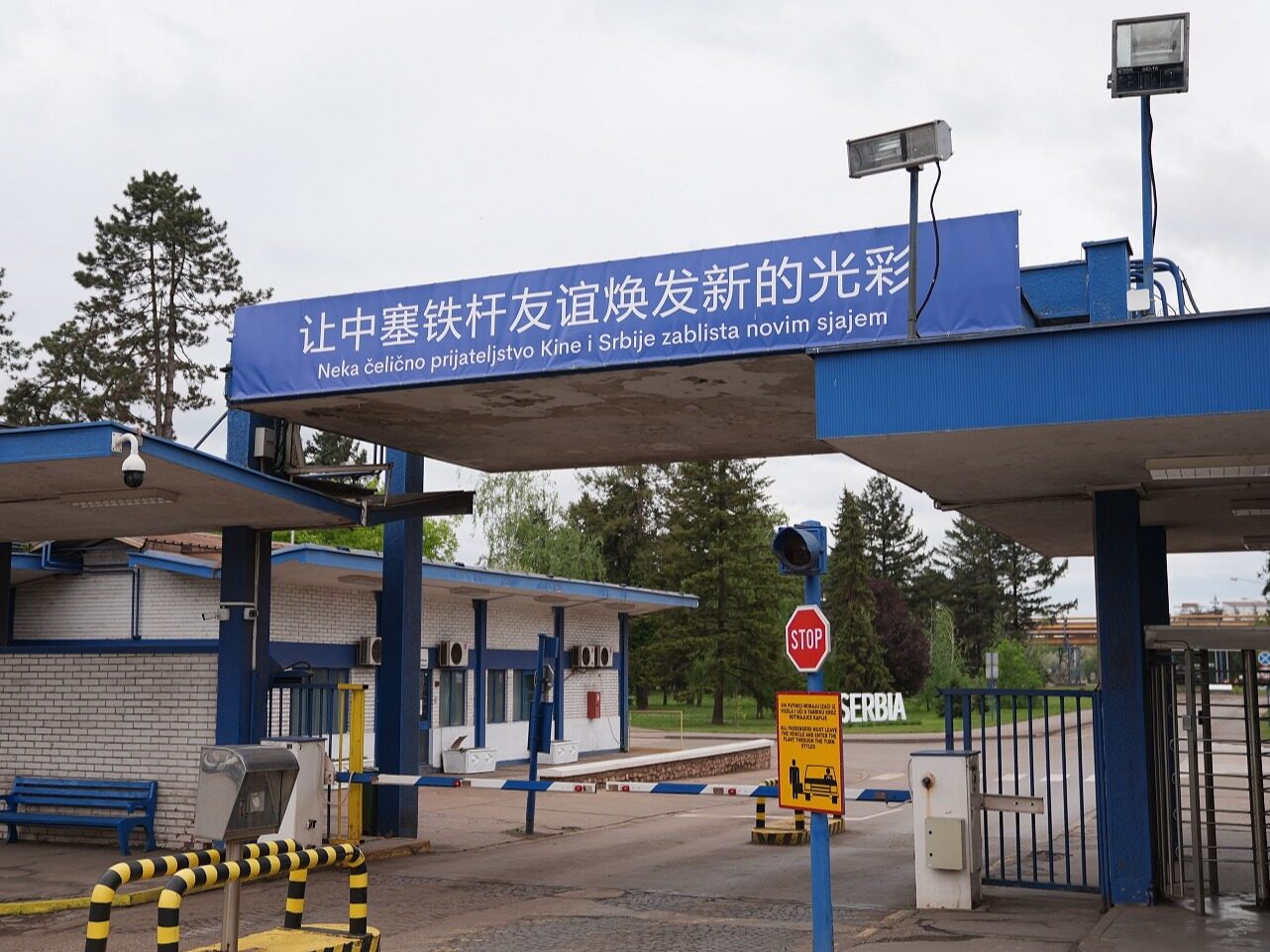

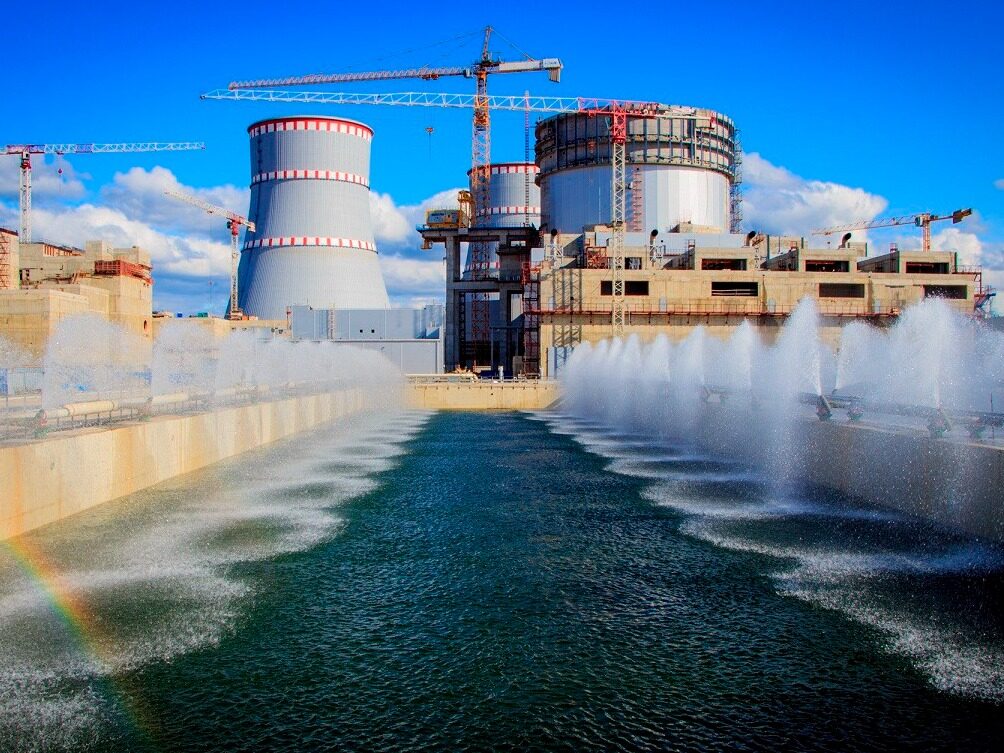
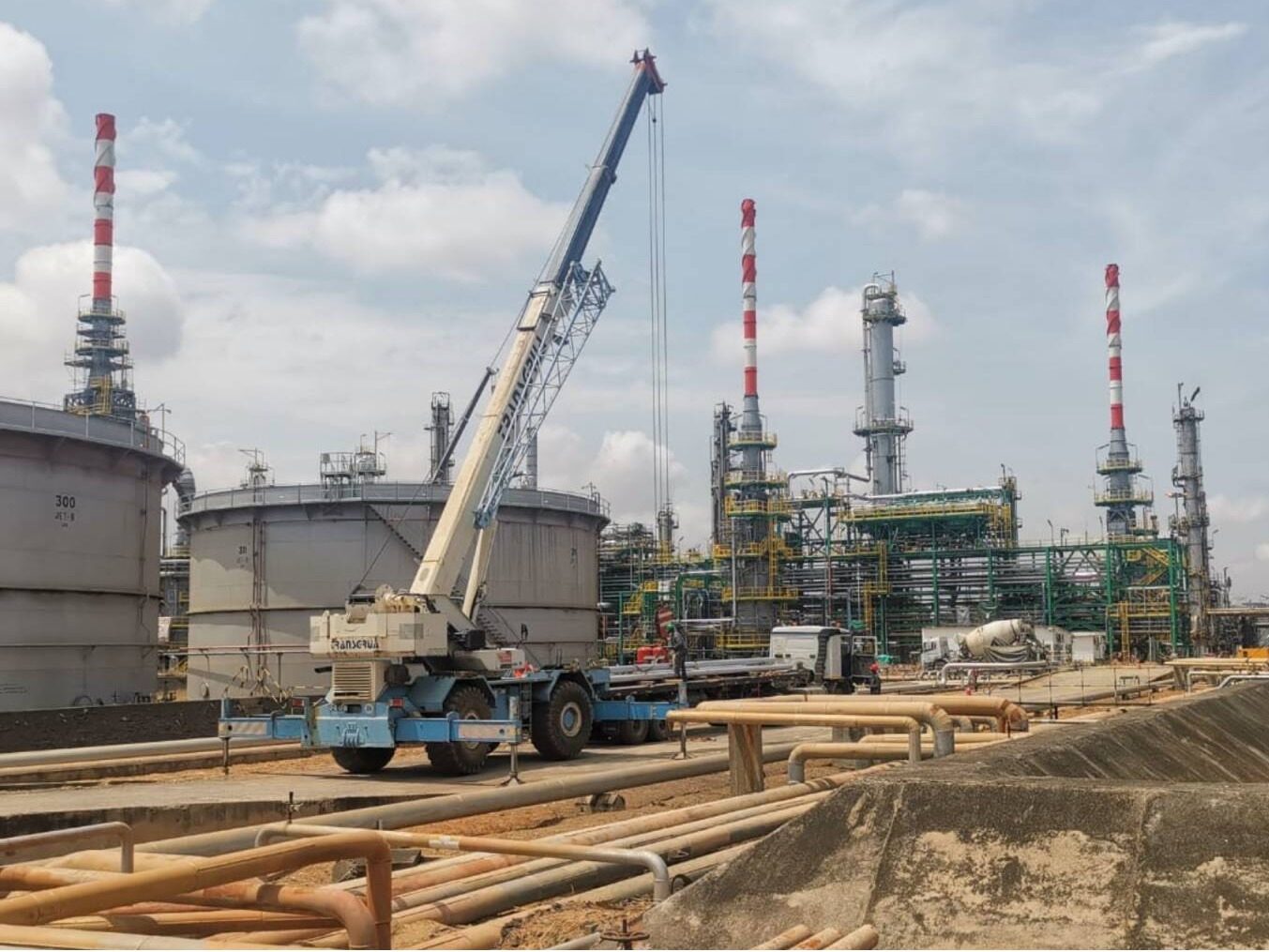
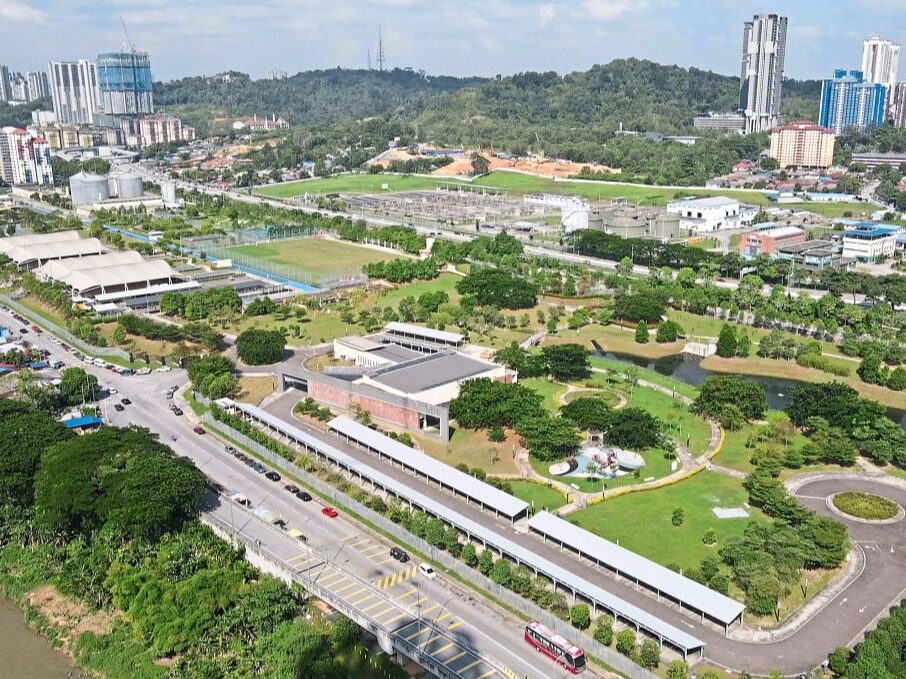







Write something~